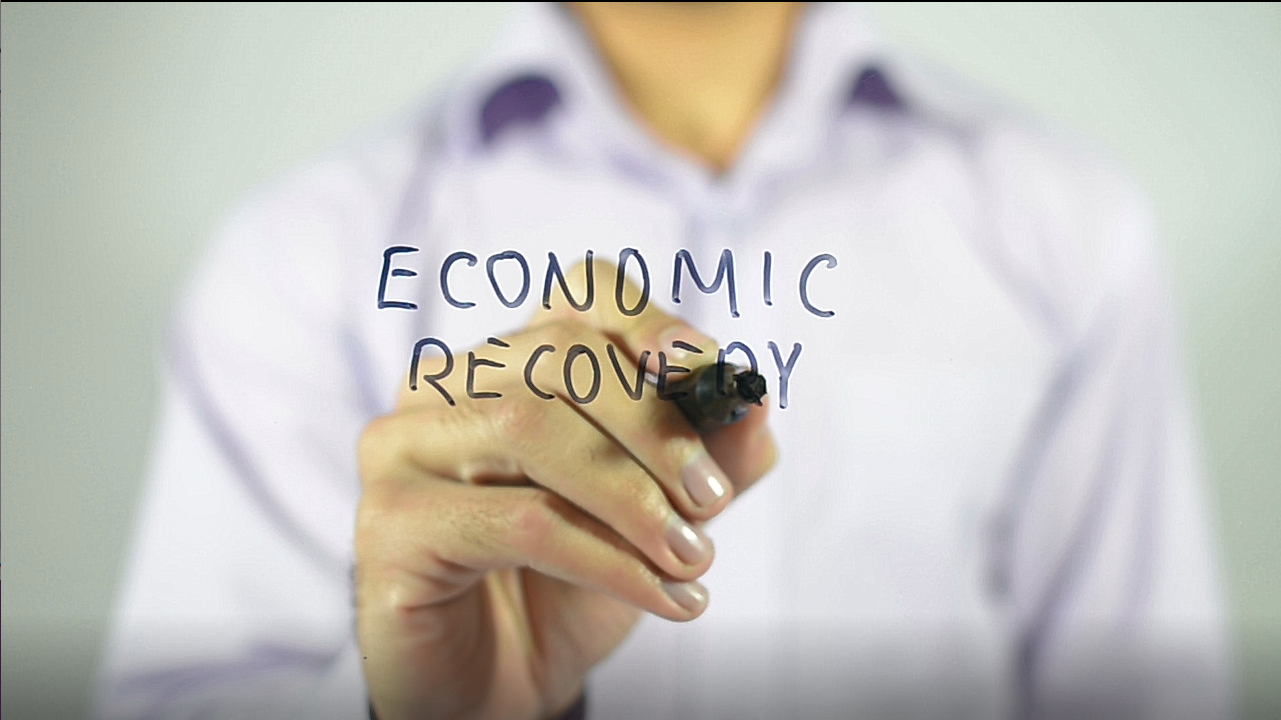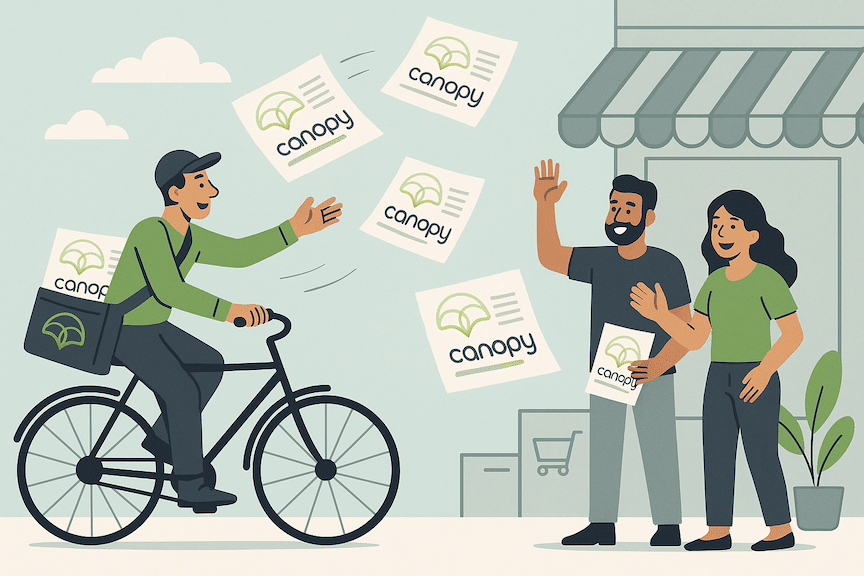Why Economic Recovery is Tricky for Digital Advertisers

Many advertisers paused their campaigns in 2020 at the outset of the Covid-19 pandemic. Not only did selling consumer goods seem in poor taste at the beginning, but people also found themselves isolated indoors and spending more time with digital media than ever before.
Ad prices took a dive as a result. Not only were their more eyeballs on screens making audiences less expensive, people weren’t buying much at the outset. Prices fell again during racial justice protests and social unrest, and have recovered since then as economic activity has slowly ticked back up.
Now, the economy seems to be more fully recovering. However, some economists are worried about inflation. And if you look at digital ad prices, you can see a clear example. Advertisers should understand what’s happening and how to respond.
The Current Situation
Digital advertising is getting more expensive, and a few factors are in play: First, as stores and other activities reopen, people are spending less time online. This drives up impressions costs to reach the smaller number of individuals.
People are also shopping less online than they were. Many of the initial purchases people made for working from home have been completed, and as the world reopens they are more likely to venture back out to stores.
Advertisers should take this opportunity to reconsider their KPIs. Customer acquisition is going to be more expensive for some time, so advertisers should start optimizing for conversion rates lower in the funnel rather than CPCs.
It’s also a good time to rethink creative. This is a chance to do new rounds of split testing, explore new imagery, refresh product catalogues and try different pricing and discount strategies.
Lastly, structural changes stemming from the depreciation of third-party tracking cookies have forced the industry into an operational pivot. Companies and brands need to be aware of how this will affect their overall strategy, and advertisers need to explore the wide and growing range of alternative targeting approaches available.
Now is a time to reexamine the basics of digital campaigns. Contextual targeting and better, dynamic creative can make a huge difference in this environment. Fortunately, few industries boast as much creative ingenuity as digital advertising. The solutions that the industry invents will likely provide more stability and better results than what came before.



